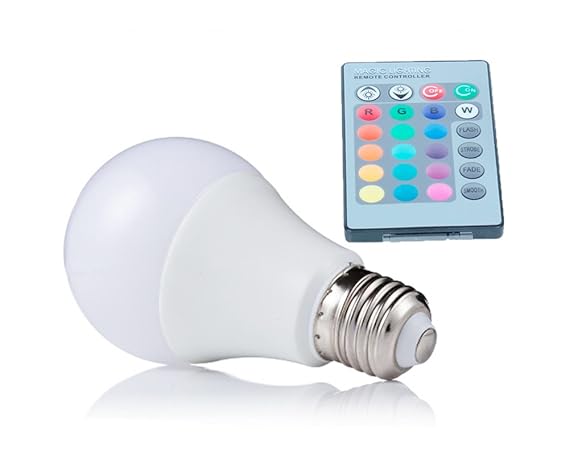curtis73
Well-Known Member
I'm in the process of buying a bunch of LED bulbs for my backstage run/work lights. I'm tired of blown blue bulbs and hot aluminum clamp lights.
Before I do that, it made me wonder. I understand that the blue light is preferred because of its short wavelength and therefore any light bleed is less likely to be perceived by audience. One of my LDs insists that it doesn't matter what color it is as long as it's not white. He actually prefers green, but that is right in the middle of the visible spectrum which makes me think he's full of s#!t.
Debate? Thoughts? Anyone know a good wavelength to choose for backstage lighting?
Before I do that, it made me wonder. I understand that the blue light is preferred because of its short wavelength and therefore any light bleed is less likely to be perceived by audience. One of my LDs insists that it doesn't matter what color it is as long as it's not white. He actually prefers green, but that is right in the middle of the visible spectrum which makes me think he's full of s#!t.
Debate? Thoughts? Anyone know a good wavelength to choose for backstage lighting?



